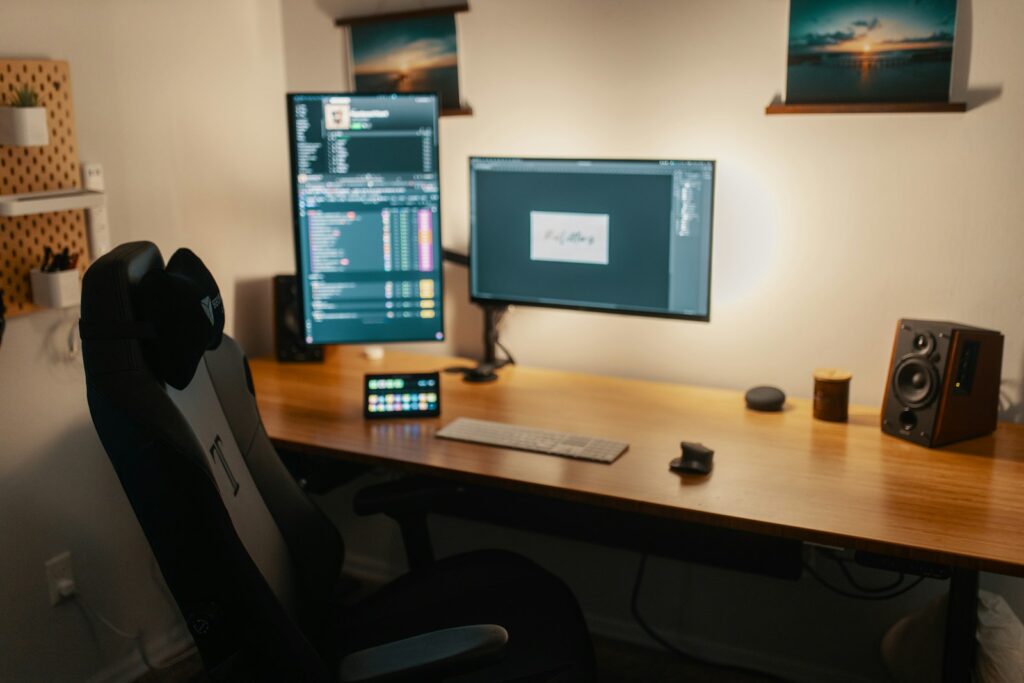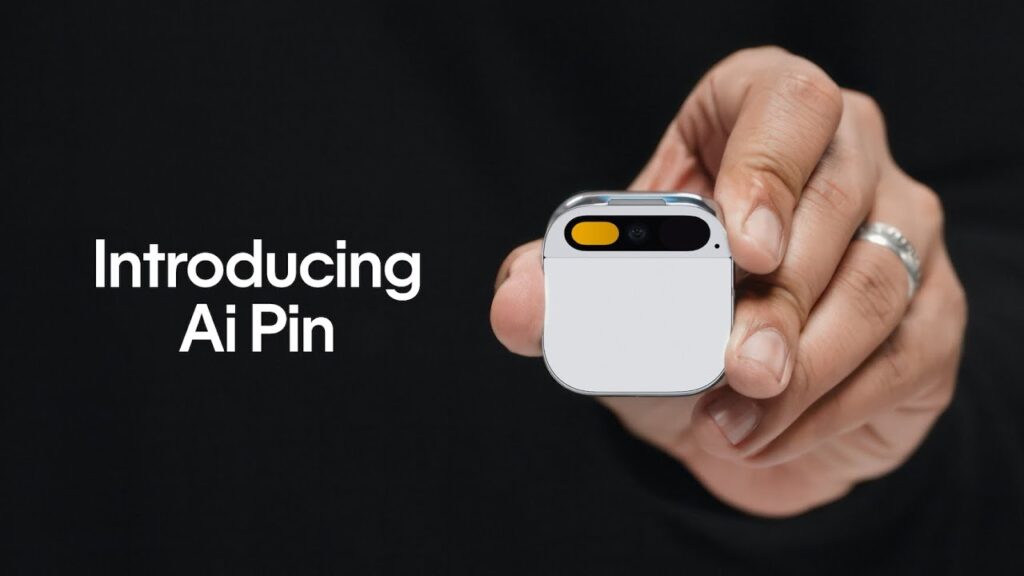Your lights dim automatically, your coffee brews without a tap, and your thermostat knows your schedule. It feels effortless. Yet here lies the smart home productivity paradox.
The very devices designed to make life easier can just as easily chip away at focus. Convenience isn’t free. It often comes bundled with interruptions, alerts, and mental clutter that quietly drain productivity.
The Benefits and Drawbacks of Smart Homes
When smart devices work well, they remove friction. A “good morning” routine that warms the house, brews coffee, and starts the news saves both time and mental energy.
But the benefits and drawbacks of smart homes sit side by side. Each automation has the potential to misfire, with random system updates or unnecessary notifications pulling you out of flow. What’s supposed to streamline your day can sometimes become another layer of noise.
When Convenience Creates Smart Home Distractions
The reality is that smart home distractions add up quickly. Studies show people already receive around 65 notifications a day, and when those alerts are reduced, both performance and stress levels improve. Add in a motion sensor that reacts every time your pet wanders past or a doorbell camera that pings whenever a car rolls by, and you can see the problem.
Interruption science suggests workers are pulled away from tasks every two to three minutes, and each disruption heightens fatigue and error rates. Even in physical security systems, false alarms dominate—up to 98 percent of alerts never signal real danger.
This same kind of alert fatigue now bleeds into our homes, training us to ignore notifications, even the ones that matter.
The Impact of Smart Devices on Productivity
The impact of smart devices on productivity is especially clear when working from home. You might be halfway through a report when your thermostat announces a software update, your smart speaker nudges you about groceries, and your security system sends yet another low-value ping.
Research on digital distractions shows it can take more than a minute to fully refocus after even a simple email notification, according to the Université de Montpellier. Multiplied across a day, that adds up to hours lost to regaining concentration.
It’s a stark reminder that the promise of efficiency can quietly become a tax on your attention.
Automation and Focus: When “Helpful” Turns Harmful
Automation should remove friction, but unmanaged, it often erodes focus. A flickering smart light during a video call or an assistant interrupting with irrelevant reminders is more than an annoyance, but a drain on deep work.
This is what experts call digital distraction in smart homes, where devices created to ease daily life end up demanding more of it. What should have been silent support becomes one more voice competing for your attention.
How to Tame Smart Device Notifications
The solution isn’t ditching devices but managing them better. Fine-tuning smart device notifications, by narrowing motion zones, batching non-urgent alerts, or setting clear quiet hours, turns a noisy system into a calm one.
Research shows that trimming notifications doesn’t just free time, but measurably boosts performance and lowers stress. Many users even create separate profiles for work and leisure, ensuring that alerts only appear when they’re truly relevant.
For bigger lifestyle strategies, see Digital Minimalism in a Hyperconnected World.
Finding the Balance
Ultimately, thriving in a connected home is about intentional use. Building a true productivity and technology balance means reviewing automations regularly, removing low-value alerts, and choosing features that genuinely support your priorities.
The smart home productivity paradox shows that the line between convenience vs productivity is thinner than it looks. With mindful adjustments, smart tech can become an ally rather than an obstacle, letting you enjoy comfort without sacrificing focus.
For more on how technology shapes daily life, read How AI Is Quietly Reshaping Your Daily Routine.




